Introduction
Braised sea cucumber with abalone sauce rice is a dish that epitomizes the pinnacle of Chinese gourmet cuisine. Revered for its luxurious texture, rich umami flavors, and meticulous preparation, this recipe has graced banquet tables and fine-dining establishments for centuries. While the dish may appear intimidating due to its exotic ingredients and elaborate steps, this guide will demystify the process, empowering home cooks to recreate this culinary masterpiece with confidence. Combining the briny sweetness of abalone sauce, the tender resilience of sea cucumber, and the comforting warmth of perfectly cooked rice, this dish is a symphony of flavors and textures. Whether you’re hosting a special occasion or indulging in a self-care meal, mastering this recipe will elevate your cooking repertoire to new heights.
Understanding the Key Ingredients
- Sea Cucumber: The star ingredient, dried sea cucumber, requires careful rehydration. Opt for high-quality, plump specimens with minimal salt residue. Soaking them for 48–72 hours, with frequent water changes, is crucial to eliminate brininess and restore their gelatinous texture.
- Abalone Sauce: A concentrated elixir made from simmered abalone, soy sauce, and aromatics, this ingredient imparts a deep, savory complexity. Look for premium brands or consider homemade versions for unparalleled depth.
- Rice: Use short-grain Japanese rice or jasmine rice for its ability to absorb flavors without becoming mushy. Rinsing until the water runs clear ensures fluffy, separate grains.
- Aromatics and Flavor Enhancers: Ginger, garlic, scallions, Shaoxing wine, oyster sauce, and chicken broth form the flavor backbone. Star anise and rock sugar add subtle sweetness and warmth.
Step-by-Step Preparation
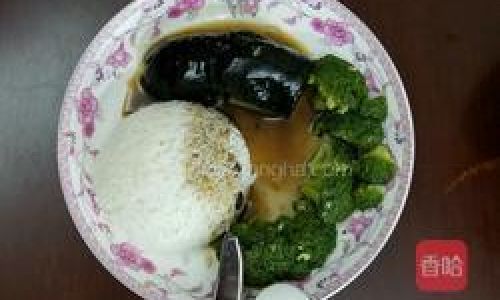
Phase 1: Rehydrating the Sea Cucumber
- Day 1: Place dried sea cucumbers in a glass or ceramic bowl. Cover with cold water and refrigerate. Change the water every 8–12 hours to leach out impurities.
- Day 2–3: Continue soaking, gently cleaning the exterior with a soft brush to remove residual sand. The sea cucumbers will swell to 3–4 times their original size.
- Final Step: In a pot, bring fresh water to a simmer. Add the rehydrated sea cucumbers and a few slices of ginger. Poach for 10 minutes, then remove and rinse under cold water. Slice into bite-sized pieces, discarding any tough inner cartilage.
Phase 2: Crafting the Abalone Sauce
- In a heavy-bottomed pot, heat 2 tbsp peanut oil over medium heat. Sauté 4 minced garlic cloves, 2 tbsp ginger, and 3 chopped scallions until fragrant.
- Add 1 cup chicken broth, ½ cup abalone sauce, ¼ cup oyster sauce, 2 tbsp Shaoxing wine, 1 star anise, and 1 tbsp rock sugar. Stir to combine.
- Bring the mixture to a gentle simmer, then reduce heat to low. Allow it to reduce by half, approximately 30–40 minutes, until thickened and glossy. Strain through a fine-mesh sieve to remove solids.
Phase 3: Braising the Sea Cucumber
- In a wok or deep skillet, heat 1 tbsp peanut oil. Sear the sea cucumber pieces for 2–3 minutes until lightly caramelized.
- Pour the abalone sauce over the sea cucumbers, ensuring they’re fully submerged. Add ½ cup sliced shiitake mushrooms and ¼ cup diced bamboo shoots for added texture.
- Cover and braise on low heat for 45–60 minutes, stirring occasionally. The sea cucumbers should be tender yet retain a slight chewiness. Adjust seasoning with salt or a splash of soy sauce if needed.
Phase 4: Preparing the Rice
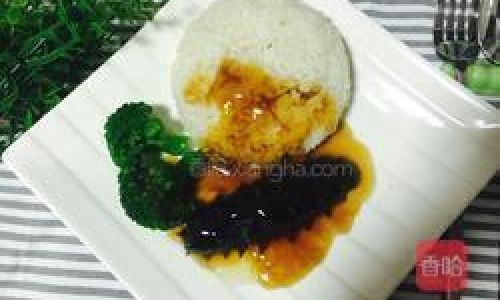
- Rinse 2 cups of rice under cold water until the liquid runs clear. Drain thoroughly.
- In a rice cooker or heavy pot, combine rice with 2¼ cups water (or chicken broth for extra flavor). Add a pinch of salt and 1 tbsp sesame oil.
- Cook until fluffy and aromatic. Let it rest, covered, for 10 minutes before fluffing with a fork.
Phase 5: Assembling the Dish
- Mound the rice in the center of a serving platter. Arrange the braised sea cucumbers and sauce around it, ensuring the rice is generously coated.
- Garnish with thinly sliced scallions, toasted sesame seeds, and a drizzle of chili oil for a mild heat kick.
- Serve immediately with steamed Chinese broccoli or bok choy on the side.
Tips for Perfect Execution
- Patience is Key: Rushing the rehydration process will result in tough, chewy sea cucumbers.
- Sauce Consistency: The abalone sauce should cling to the rice without being overly thick. Adjust with water or broth if needed.
- Temperature Control: Maintain a low simmer during braising to prevent the sea cucumbers from disintegrating.
- Presentation: Use a dark-colored platter to contrast the dish’s golden hues and deep glaze.
Cultural Significance and Variations
In Chinese culture, sea cucumber symbolizes wealth and prosperity, often served during Lunar New Year celebrations. Modern adaptations may incorporate:
- Vegetarian Twist: Substitute sea cucumber with king oyster mushroom stems for a meat-free alternative.
- Spicy Infusion: Add doubanjiang (chili bean paste) to the sauce for a Sichuan-inspired kick.
- Seafood Fusion: Toss in scallops or shrimp during the final braising stage for oceanic depth.
Nutritional Benefits
Beyond its decadent reputation, this dish offers surprising health merits:
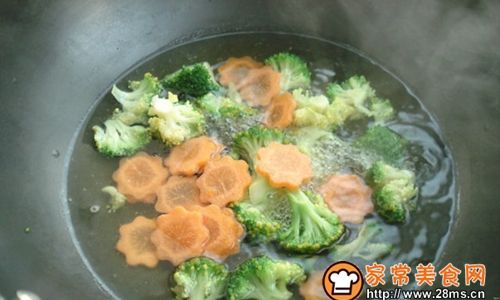
- Sea Cucumber: Low in fat and calories, rich in collagen, antioxidants, and chondroitin sulfate, which supports joint health.
- Abalone Sauce: Contains essential amino acids and minerals like iodine and zinc.
- Rice: A complex carbohydrate providing sustained energy.
Troubleshooting Common Pitfalls
- Tough Texture: Under-rehydrated sea cucumbers. Ensure thorough soaking and poaching.
- Bitter Aftertaste: Overcooked garlic or ginger. Sauté aromatics until golden, not browned.
- Bland Flavor: Insufficient sauce reduction. Simmer until the mixture coats the back of a spoon.
Pairing Suggestions
- Beverage: A crisp Chardonnay or lightly sweetened jasmine tea complements the dish’s richness.
- Side Dishes: Stir-fried snow peas or garlic-steamed spinach provide a refreshing contrast.
Conclusion
Crafting braised sea cucumber with abalone sauce rice is a labor of love, demanding time, precision, and respect for tradition. Yet, the rewards are immeasurable—a dish that transcends mere sustenance, becoming a testament to culinary artistry. Whether you’re a seasoned chef or an adventurous home cook, this recipe invites you to explore the depths of Chinese gastronomy, one tender, sauce-laden bite at a time. So, gather your ingredients, embrace the process, and savor the triumph of creating a dish that has delighted palates for generations. Your journey to mastering this iconic recipe begins now.


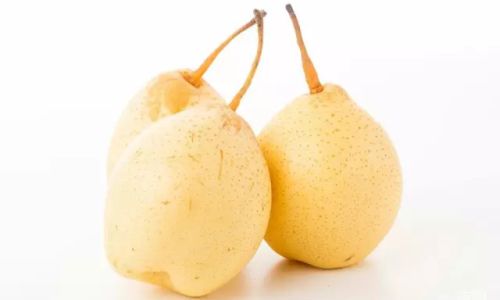
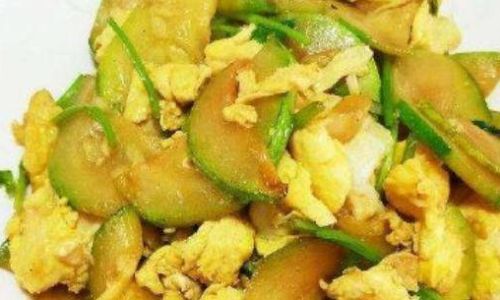
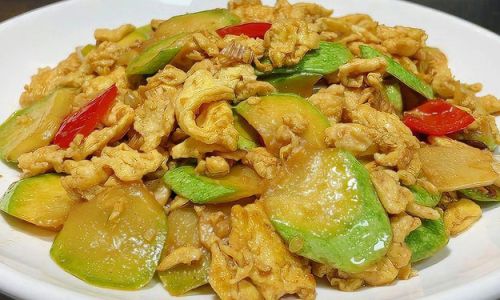
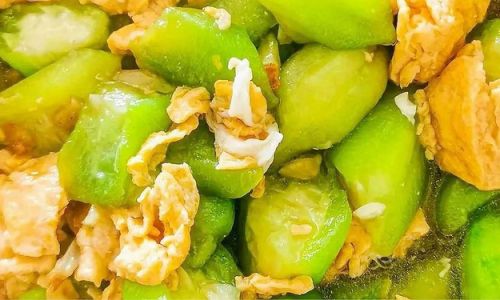
0 comments